
用親身故事介紹印度人文歷史、民俗風情、社會萬花筒等。對中印對比、民主憲政、女權平權、言論自由等話題感興趣。我在中國福建出生長大,廈門大學畢業後留學法國美國,現定居加州硅谷。2008年加州大學伯克利相識現印度丈夫,育有一兒一女兩枚中印混血。博客地址 https://feimoyu21.blogspot.com/
Continue to tell the story of India in Chinese
India has always been very unpopular in Chinese circles. Whether it is the country of India, or the Indians or Indians, most Chinese have an indescribable contempt in their bones. Because India is poor? Because Indians have dark skin? Because of being bombarded with negative Indian news for a long time?
To be able to generate objective evaluations, the core premise is the cognition of facts or truths. Unfortunately, based on my more than ten years of experience as a "window to India" on the Internet, I think that there are very few facts or truths related to India that can be learned from the Chinese circle, and there are very few relatively objective analysis and comments.
I understand why people tend to focus on economically developed Europe and the United States, and why intellectual circles tend to explore the deduction of social processes centered on European culture.
but--
1. The Indian peninsula is rich, has a long history, and is multi-ethnic and multi-cultural. It has been the immigration terminal of immigrants from all ethnic groups in seven continents and five oceans since ancient times.
2. "Hinduism" is the oldest surviving religion in the world. It is not so much a "religion" as it is a way of thinking and being at the spiritual level, a way of life. In this way of life, individuals are encouraged to seek their own independent pursuit of the spiritual world;
3. It is precisely because "Hinduism" is just a way of life, not a specific fixed belief system, that in the Indian peninsula, independent individuals who pursue spiritual sublimation have been endowed with great freedom since ancient times. Indians can believe whatever they want, and they can believe whatever they want. Each person's meditation and yoga is his/her dance in the self-world, in dialogue with his/her own imaginary deities. For thousands of years, Indian folk have created countless goddesses, male gods, animal gods and sages. You can regard a stone or a tree as the biggest belief in your life. Multi-ethnic, multi-ethnic, and multi-faith, intertwined, coexisting and coexisting, so the deepest essence of Indian culture is diversity and inclusiveness, which can be said to be a rare holy land of spiritual freedom in the world;
4. Both China and India are ancient countries with oriental culture, and the comparability is strong. China and India have had a lot of exchanges since ancient times. China is greatly influenced by Indian culture, Buddhism originated from India, and so on.
Should Chinese get to know India? Of course it should! Understanding India helps to understand the history of the Chinese, who have been up and down for thousands of years, more or less intertwined with India; understanding the diversity and inclusiveness in the DNA of Indian culture helps to reflect on the diversity in their own culture Sexuality and inclusiveness, whether it is to explore the diversity of the native culture of China, or to study the process before and after the influence of Indian culture; understanding the diversity of one's own culture from the root helps not to get lost in the various European cultures. In the center's social deduction theory, it is possible to imagine a social deduction blueprint suitable for Eastern civilization, especially Chinese civilization.
So I decided to come back and continue to write in Chinese and share my learning and thinking. Life is a mysterious journey of exploration. It is fate to meet India, but the pursuit of truth and knowledge and the search for a strange world require courage and inextinguishable enthusiasm. mutual encouragement.
Share a few photos from this year's celebration of Durga, Wealth and Diwali at home


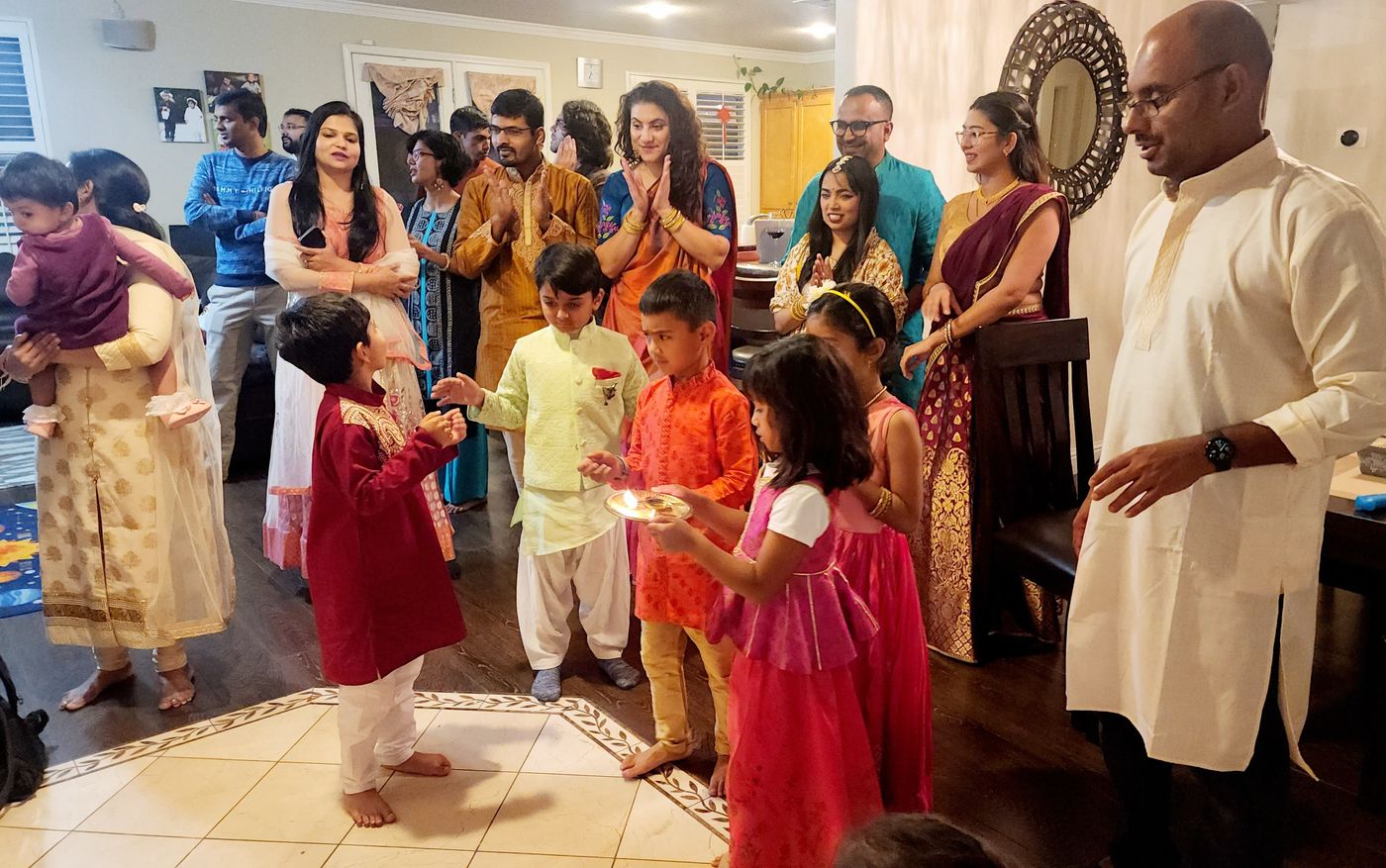
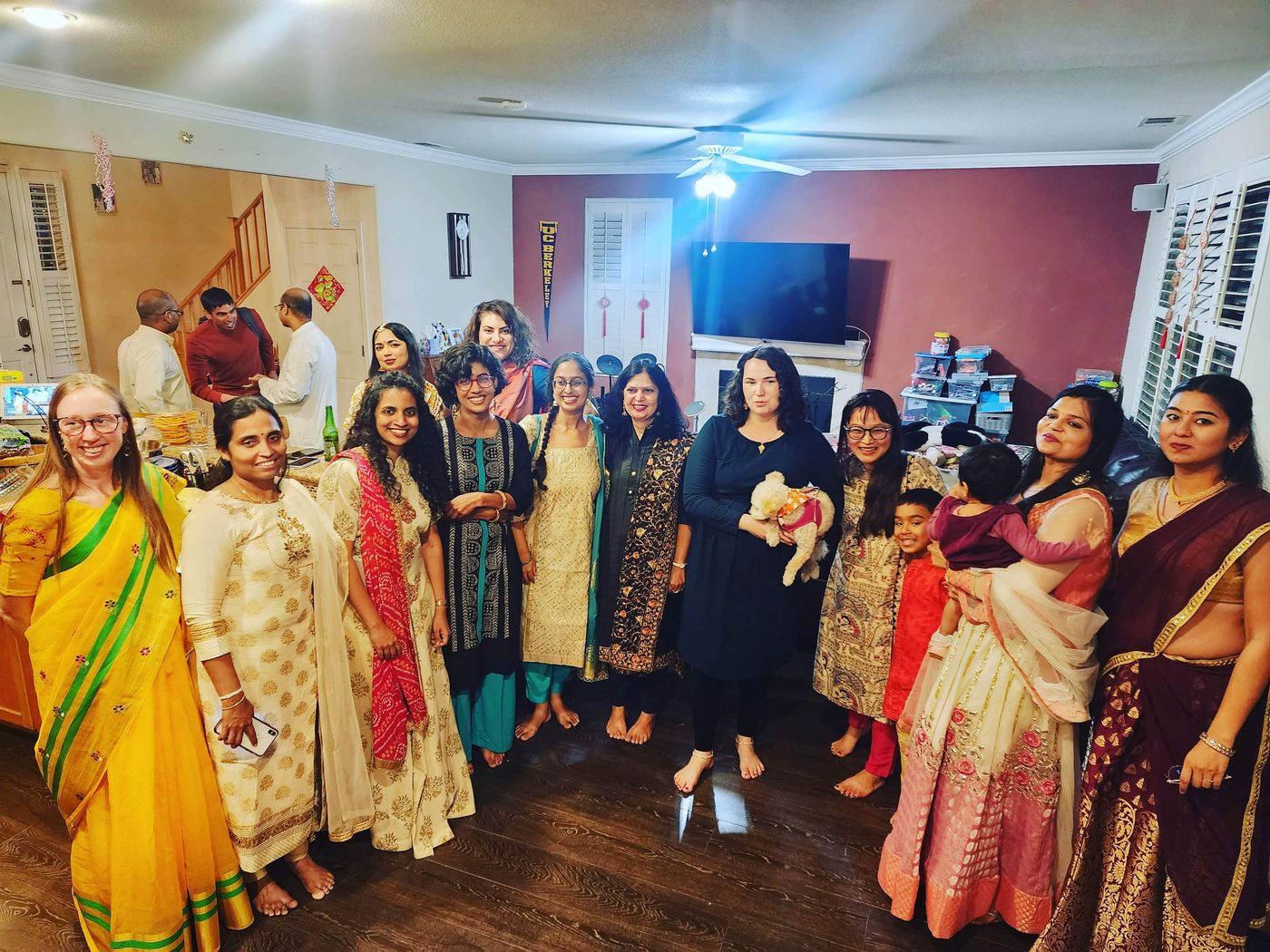

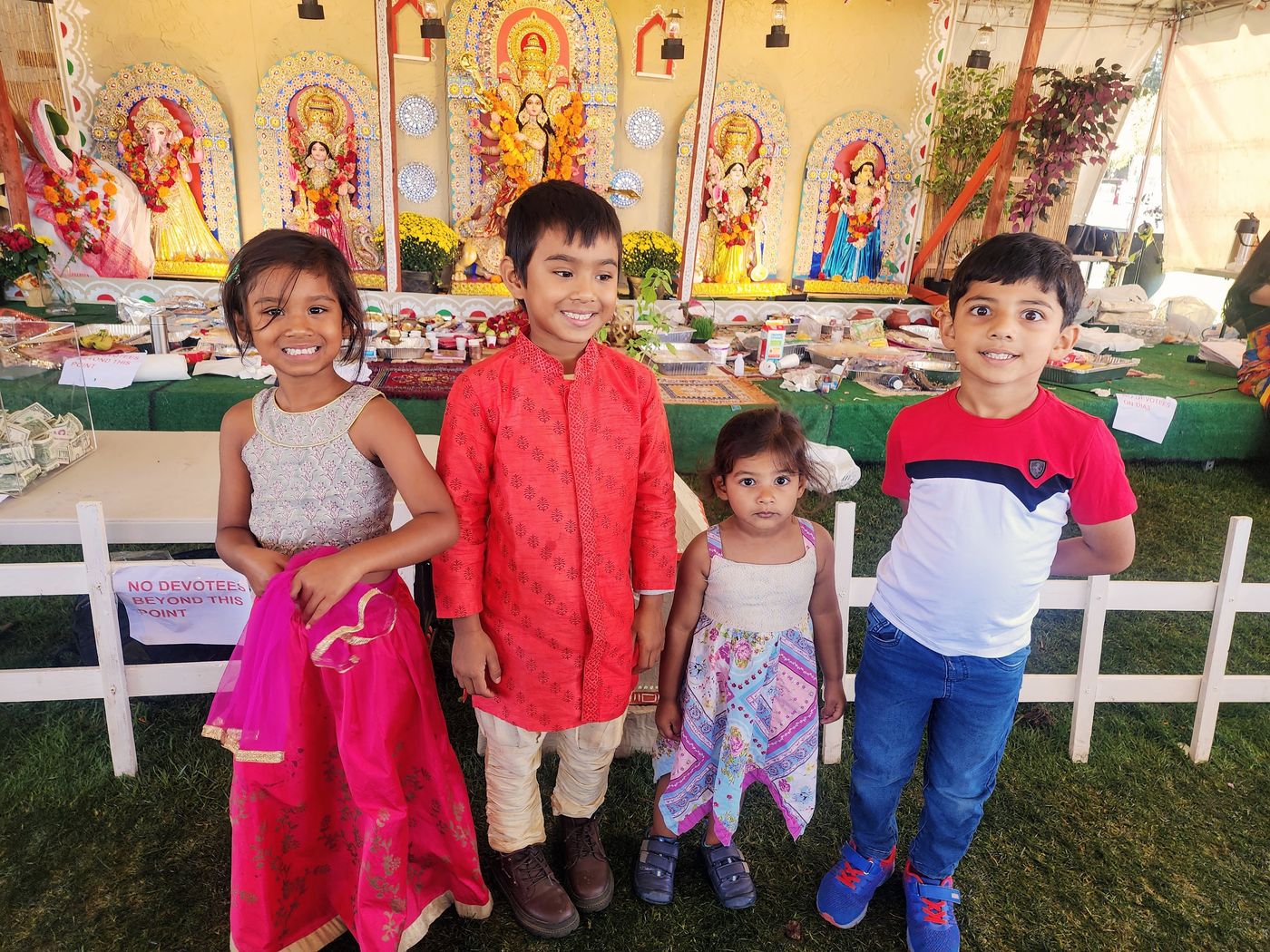
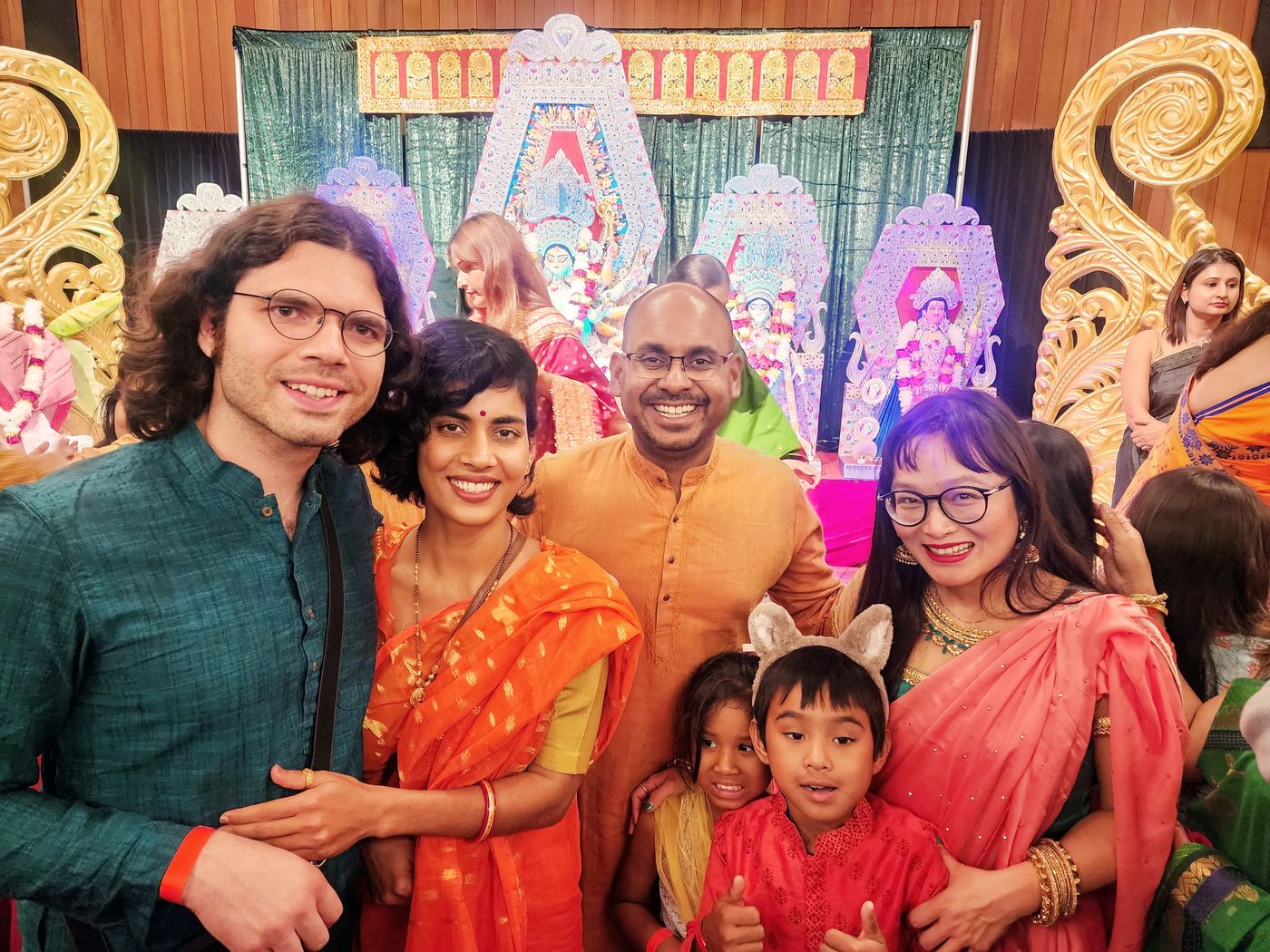
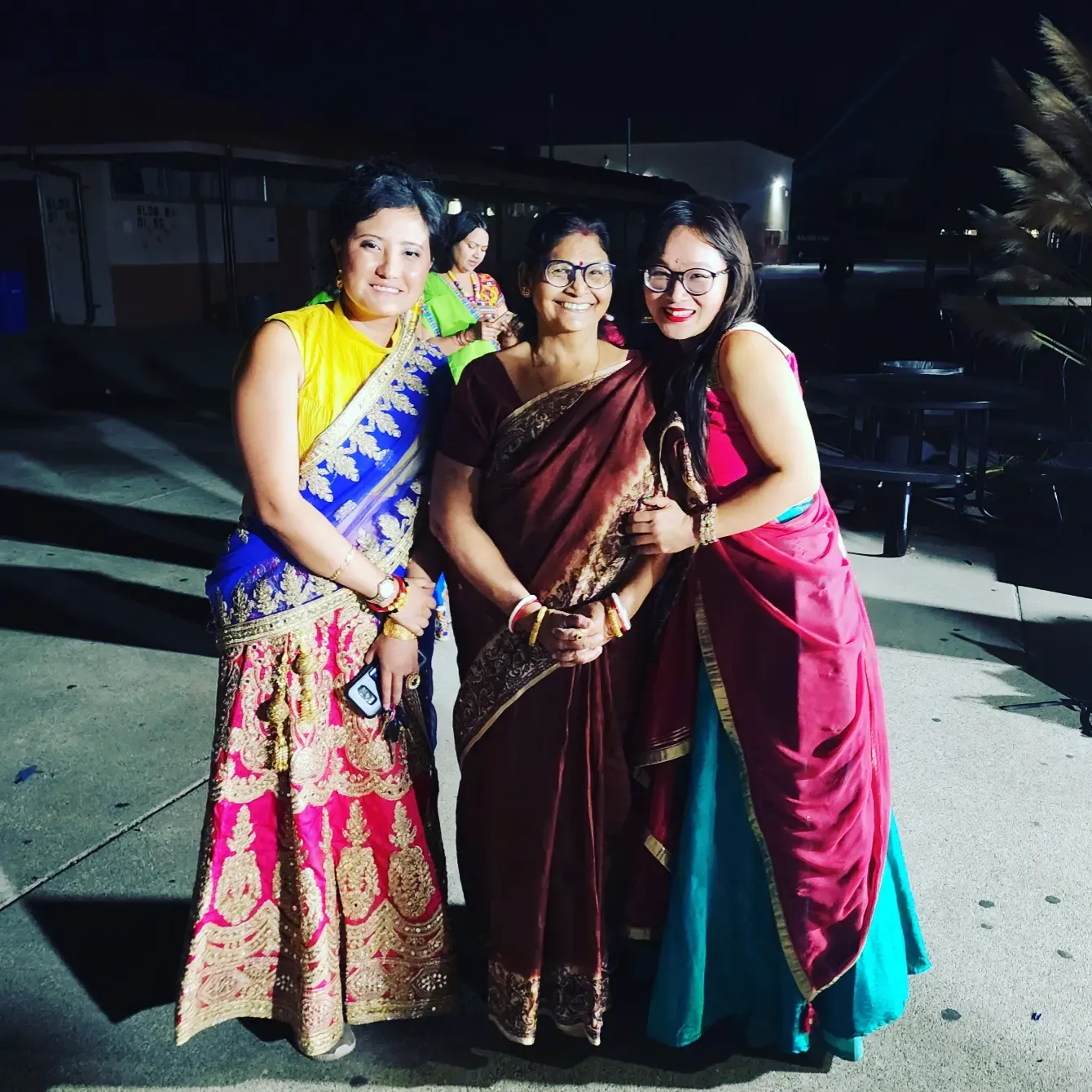
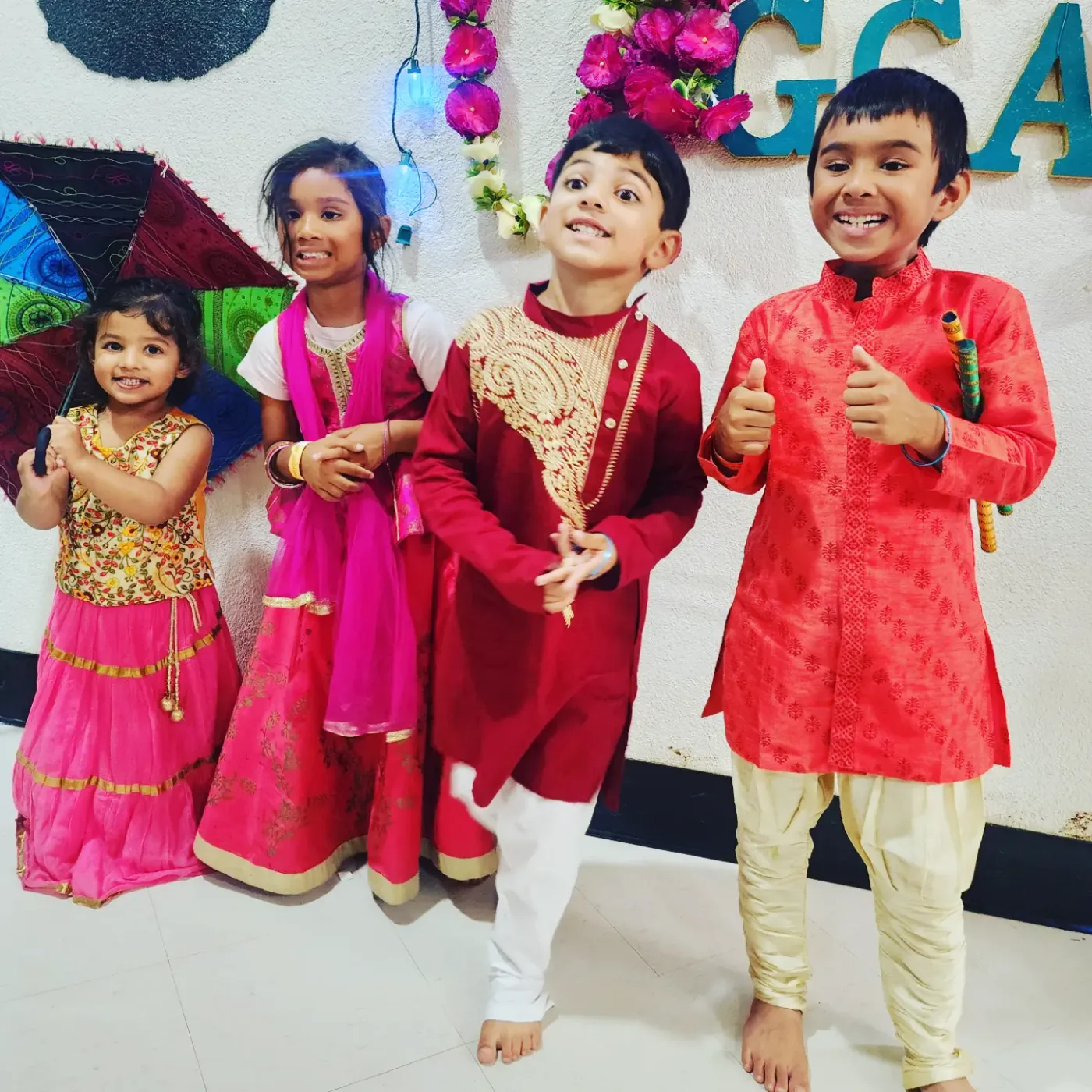
Like my work?
Don't forget to support or like, so I know you are with me..
Comment…